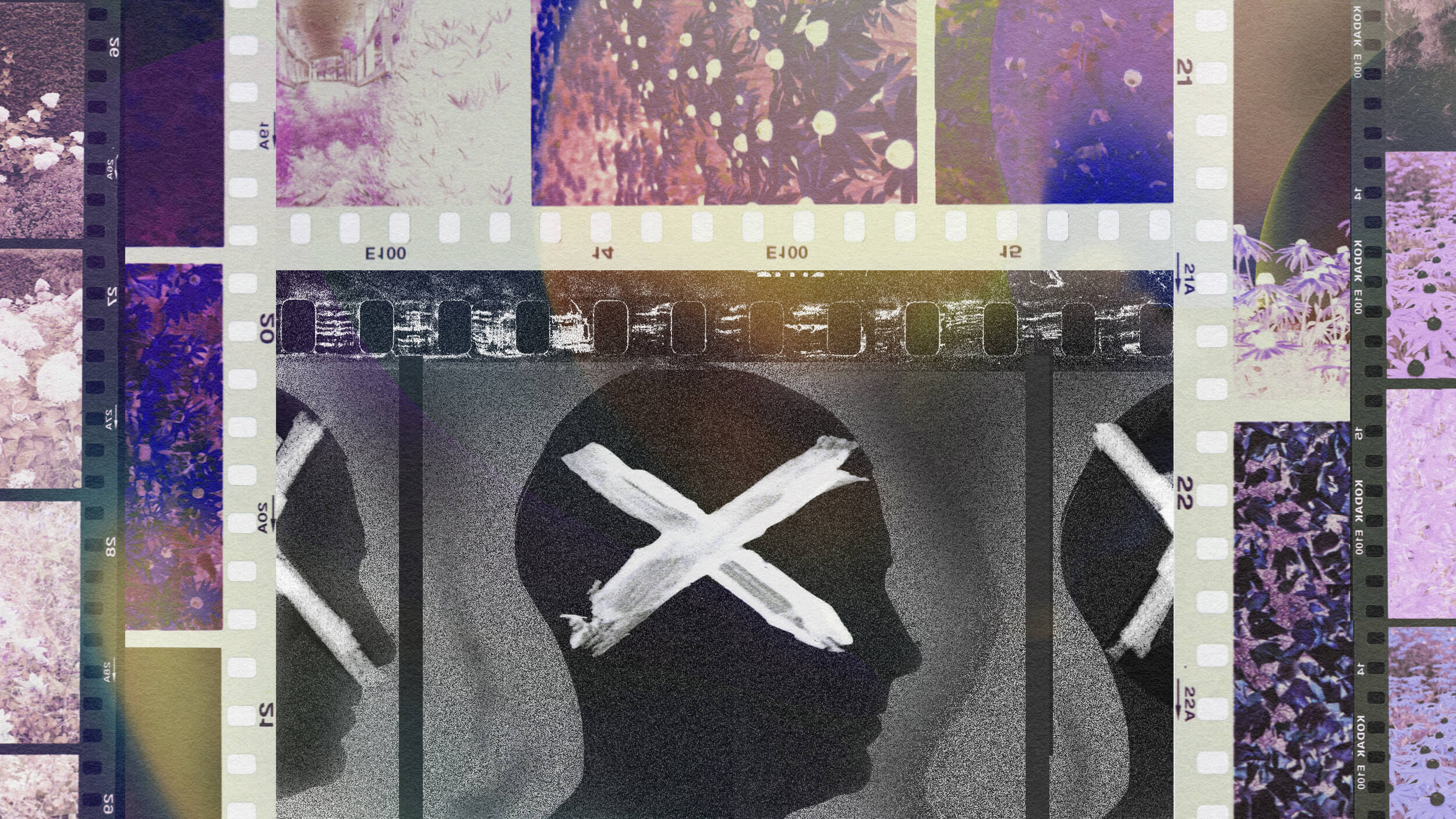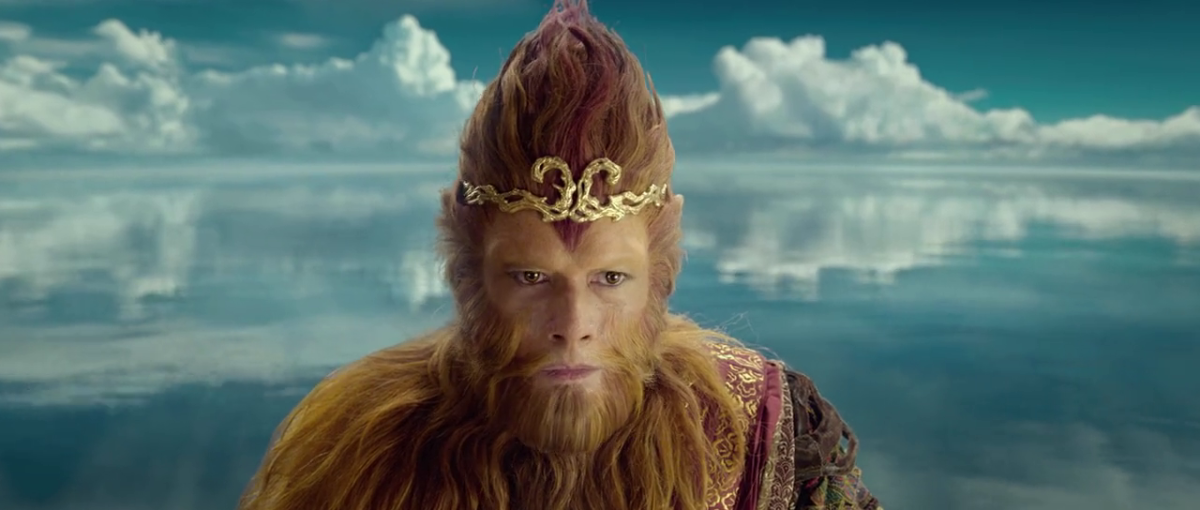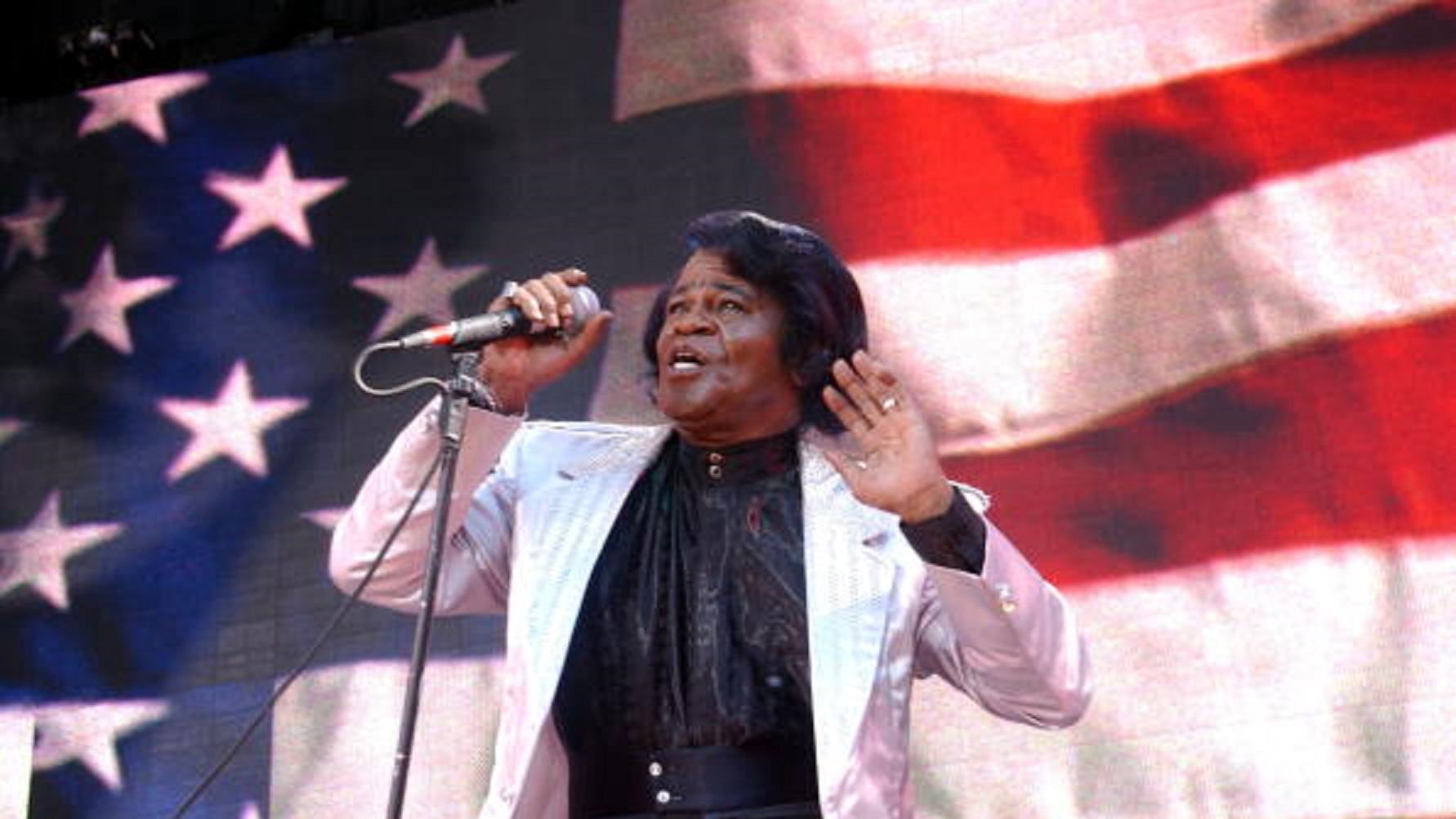Love, Asian-American Style: Jason Shiga’s Empire State

It’s a common and tired trope of storytelling that the geek shall inherit the Earth. Revenge of the Nerds might actually be the pinnacle of this geeky genre. What makes Jason Shiga’s new graphic novel Empire State: A Love Story (or Not) interesting is that, win or lose the girl, Shiga’s loser character still will win your heart. Part of that appeal rests in the ethnic challenges that the Asian-American Shiga gives to his Asian-American young man. Way back in the 1970s, Love, American Style tapped into the declining “Summer of Love” zeitgeist. In Empire State, Shiga serves up a slice of “Love, Asian-American Style,” which might become the prevailing theme of romance in the multiethnic, multicultural 21st century.
Shiga stands out as one of the young stars of alternative comics in America. Since winning the 2003 Eisner Award for Talent Deserving of Wider Recognition, Shiga’s found exactly that recognition. Last year’s Meanwhile: Pick Any Path. 3,856 Story Possibilities demonstrated not only Shiga’s wit, but also his yen for puzzles and riddles, making the story itself a puzzle for the reader to solve in any way they wanted.
In Empire State, Shiga tackles the ultimate puzzle of his (and every) generation—love. Jimmy, a conscientious Asian-American librarian living in Oakland under the constant surveillance of his mother, decides to venture across the country by bus in pursuit of Sara, his friend and perhaps soul mate who fled the Bay Area for the Big Apple. Shiga notes that he based Empire State in part on an actual Greyhound bus trip he took across the U.S.A. One wonders how much of Shiga went into Jimmy. Shiga’s nerd credentials are impeccable, including a pure mathematics major from the University of California at Berkeley and computer programming chops. Shiga takes those bona fides and transforms pure mathematics and cold computer code into a magic mix of modern romance, warts and all.
As described here, Shiga’s art in terms of both style and content compares well to that of Lat, who can be best described to Western audiences as the Malaysian Charles Schulz. There’s nothing pretty about Shiga’s drawing style, except to say that it’s pretty simplistic (as can be seen in the example above). But, like Schultz, Shiga gets a lot of mileage out of a few lines. That mileage comes mostly from how that rough visual style complements Shiga’s writing. In the panel copied above, Jimmy lashes out at Sara by lashing out at New York City itself. Calling out the phoniness of “stuck-up snobs with their cigarette holders and ascots and monocles,” Jimmy channels his inner Holden Caulfield to reveal both his frustrations and his immaturity. On the spectrum of cartoonists dealing in romantic anxiety, Shiga falls somewhere between Schulz’s sweet simplicity of footballs pulled away and Harvey Pekar’s brutal lyricism of divorce and shabby sophistication. Empire State avoids those extremes and gets at the heart of the matter of matters of the heart in today’s Facebook world.
If Woody Allen grew up in Oakland rather than Manhattan, he’d most likely see the world, and especially New York City, as Jason Shiga does in Empire State. The hopeless, but hopeful in the end, romantic remains, but the roots of that faith plunge into earth on the wrong coast. Shiga doesn’t give us any answers to the quandary of love, Asian-American or otherwise, but he helps us understand the questions a little better in the words and pictures of Empire State.
[Many thanks to Abrams ComicArts for providing me with the image above from and a review copy of Jason Shiga’s Empire State: A Love Story (or Not).]





